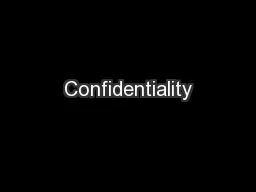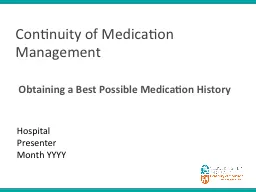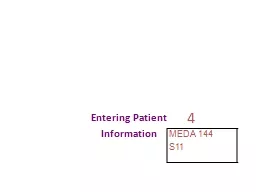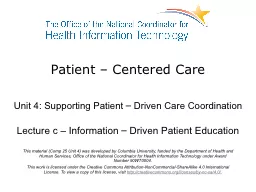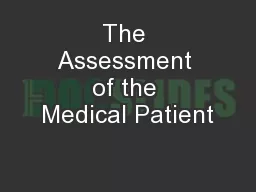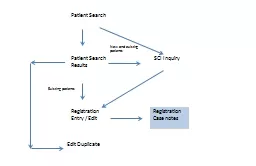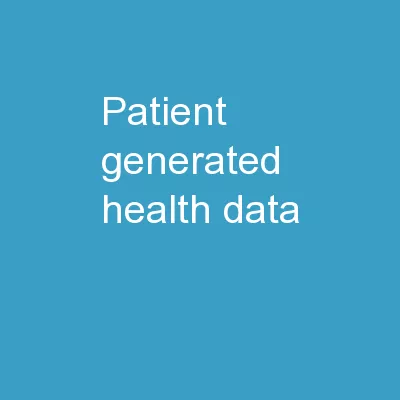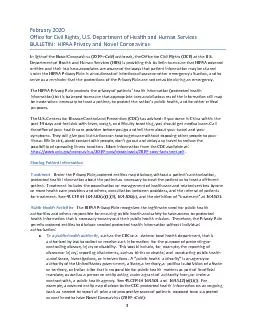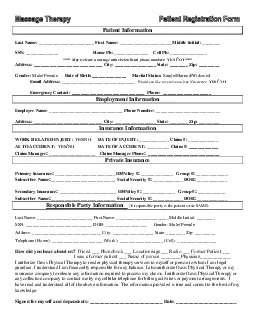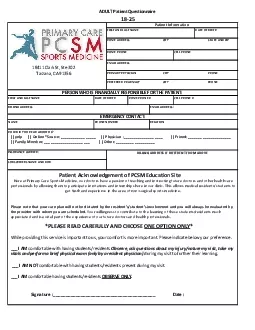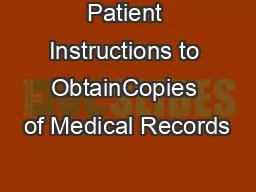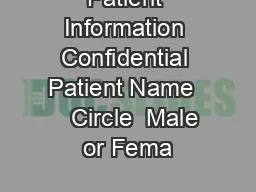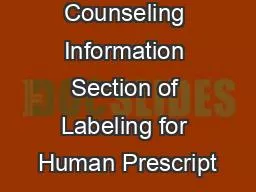PDF-Patient Information
Author : caitlin | Published Date : 2022-08-16
Radiology Department Joint Aspiration Introduction You have been advised by your hospital consultant or doctor that a small amount of fluid needs to be taken aspirated
Presentation Embed Code
Download Presentation
Download Presentation The PPT/PDF document "Patient Information" is the property of its rightful owner. Permission is granted to download and print the materials on this website for personal, non-commercial use only, and to display it on your personal computer provided you do not modify the materials and that you retain all copyright notices contained in the materials. By downloading content from our website, you accept the terms of this agreement.
Patient Information: Transcript
Download Rules Of Document
"Patient Information"The content belongs to its owner. You may download and print it for personal use, without modification, and keep all copyright notices. By downloading, you agree to these terms.
Related Documents


